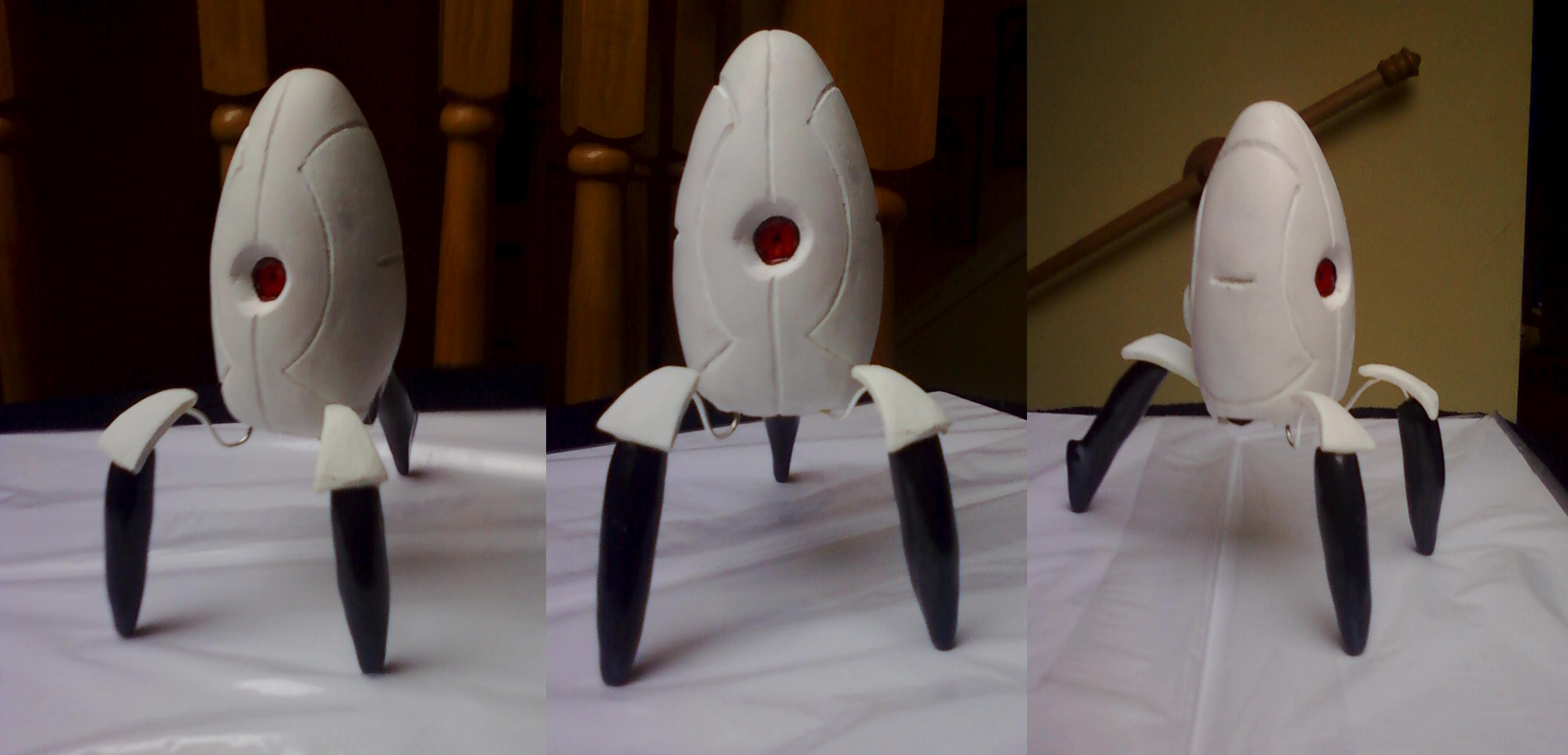
This model is what came of those changes. Once that worked out, I went back to the model and made some tweaks to improve appearance and assemblability (is that a word?). Once the entire model was built and I was confident that it would work, and could be built (printed) and assembled, I went ahead and printed out the parts and built a prototype. Why? Because I wanted to use a crank mechanism, that's why! This added some complications, but it also had a benefit once the geometry was determined, operational repeatability would be ensured and the min and max limits were pretty much guaranteed. The wing opening mechanism was a crank and slide mechanism. Printed parts to be as large as possible (not a lot of little pieces)Īfter components (Nano, other chips, servos) were added to the basic shape, they were moved around and positioned as required, and the supporting structures were built to support them inside the shell.A 2.1mm electrical connector for power at the back.

Time-of-flight sensor should be invisible as well.MicroSD card had to be accessible in the same manner, and ideally invisible once installed.Arduino Nano had to have connector accessible for updating once fully assembled.All electronics were built in Fusion as components that were inserted and placed where I thought it would make sense. Then it was a matter of extruding them into 3D, then shelling the general shape and making cuts. Using these images as canvases, I started sketching the outlines of the 3 views. The design started from sketches found online. This sensor is nearly invisible from the front once assembled. The lidar sensor (time-of-flight) is on a chip with a rectangular profile. 18 individual expressions and sounds used in this go-round. It is inline with the black infill strip, making it essentially invisible once installed. The sounds are stored on a microSD card, which is accessible from the back side so that sounds may be updated or changed later. With some basic sketches found online, I started modelling and planning. I took some liberties in the design, trying to make it appreciably the same as the one seen in the game, but functional and printable. Use Portal turret sounds and voices from the game.




 0 kommentar(er)
0 kommentar(er)
